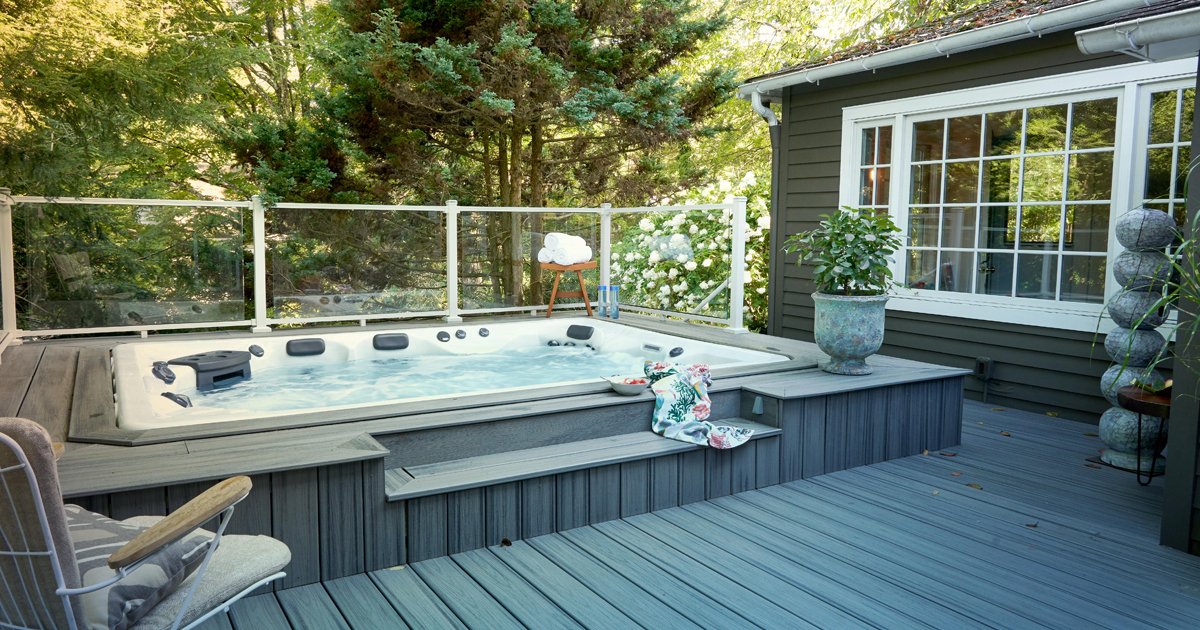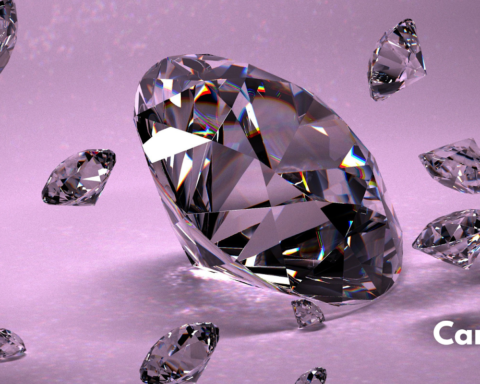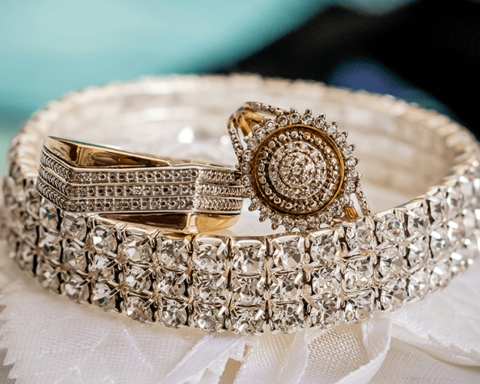Introduction to Hot Tub Pumps
Hot tub pumps are the heart of any spa or hot tub system, playing a crucial role in maintaining the water flow and ensuring the proper functioning of the entire unit. These pumps are responsible for circulating water through the filtration system, heaters, and jets, providing users with a clean, warm, and relaxing experience. Without an efficient pump, the water could stagnate, leading to hygiene issues and reduced enjoyment. In this guide, we’ll explore the various aspects of hot tub pumps, including their types, how they work, the importance of maintenance, and tips for choosing the right pump for your hot tub.
Types of Hot Tub Pumps
Hot tub pumps can be broadly categorized into two main types: circulation pumps and jet pumps. Each type serves a specific function in the hot tub system.
Circulation Pumps
Circulation pumps are designed to run continuously, ensuring that water is consistently filtered and heated. These pumps are generally smaller and more energy-efficient than jet pumps, as they operate at a lower flow rate. The main advantage of a circulation pump is its ability to maintain clean water and a consistent temperature without consuming excessive energy. This continuous operation helps to prevent bacteria growth and keeps the water crystal clear.
Jet Pumps
Jet pumps, on the other hand, are responsible for driving water through the hot tub’s jets, providing the massaging action that hot tubs are famous for. These pumps are typically larger and more powerful than circulation pumps, as they need to move a significant volume of water quickly to create the desired pressure. Jet pumps do not run continuously; instead, they are activated when the user wants to use the jets. This on-demand operation helps save energy while still delivering a powerful hydrotherapy experience.
How Hot Tub Pumps Work
Understanding how hot tub pumps work can help in troubleshooting issues and ensuring they function optimally.
Components of a Hot Tub Pump
A hot tub pump consists of several key components: the motor, the wet end, and the impeller. The motor powers the pump, the wet end houses the water, and the impeller moves the water through the system.
The Pumping Process
When the hot tub is in operation, the motor drives the impeller, which spins rapidly within the wet end. This spinning action creates a pressure difference, drawing water from the hot tub through the intake and pushing it out through the outlet. In a circulation pump, this process continuously moves water through the filtration system, heater, and back into the tub. For a jet pump, the water is pushed through the jets, creating the massaging effect.
Importance of Proper Flow
Maintaining the correct flow rate is vital for the proper functioning of the hot tub. If the flow is too low, it can lead to inadequate filtration and heating, while excessive flow can strain the pump and other components, leading to premature wear and tear. Ensuring that the pump is correctly sized and maintained is essential for optimal performance.
Maintenance and Troubleshooting
Regular maintenance and timely troubleshooting of Hot Tub Pumps can extend their lifespan and enhance the overall hot tub experience.
Routine Maintenance
Routine maintenance of hot tub pumps involves several steps. First, it’s crucial to keep the pump clean. Regularly inspect the pump for debris and ensure that the intake and impeller are free from obstructions. This prevents clogs that can hinder performance. Additionally, check for leaks around the pump seals and fittings, as even small leaks can lead to significant issues over time.
Monitoring Performance
Monitoring the performance of your hot tub pump is also essential. Pay attention to any changes in noise level, vibration, or water flow. Unusual sounds or decreased flow can indicate potential problems that need addressing. Regularly check the electrical connections and ensure that the pump is not overheating. Overheating can cause damage to the motor and reduce the pump’s efficiency.
Troubleshooting Common Issues
When problems arise, a systematic approach to troubleshooting can help identify and resolve issues. Common problems include reduced water flow, loud noises, and leaks. Reduced flow can often be traced to clogs or a malfunctioning impeller. Loud noises may indicate worn bearings or a loose impeller. Leaks typically result from worn seals or fittings that need replacement. In many cases, addressing these issues promptly can prevent more serious damage and costly repairs.
Choosing the Right Hot Tub Pump
Selecting the right pump for your hot tub is crucial for ensuring optimal performance and a satisfying spa experience.
Consider Your Hot Tub’s Requirements
The first step in choosing the right pump is understanding your hot tub’s specific requirements. This includes the size of your hot tub, the number of jets, and the desired water flow rate. Larger hot tubs with more jets will require a more powerful jet pump to ensure adequate pressure and performance.
Energy Efficiency
Energy efficiency is another critical factor to consider. Since circulation pumps run continuously, choosing an energy-efficient model can significantly reduce operating costs. Look for pumps with high-efficiency motors and energy-saving features. Although these models may have a higher upfront cost, they can save money in the long run through reduced energy consumption.
Noise Levels
Noise levels are also important, especially if your hot tub is located in a quiet or residential area. Some pumps are designed to operate more quietly than others, reducing the disturbance to you and your neighbors. Check the pump’s noise ratings and reviews to ensure it meets your noise level expectations.
Reliability and Brand Reputation
Finally, consider the reliability and reputation of the pump’s manufacturer. Investing in a pump from a reputable brand with good customer reviews and warranties can provide peace of mind. Reliable pumps are less likely to experience frequent breakdowns and often come with better customer support and service options.
Conclusion
Hot tub pumps are a critical component of any spa system, ensuring clean, warm water and providing the therapeutic jet action that enhances the hot tub experience. Understanding the different types of pumps, how they work, and the importance of regular maintenance can help you make informed decisions and keep your hot tub running smoothly. By choosing the right pump for your needs and maintaining it properly, you can enjoy a relaxing and trouble-free hot tub experience for years to come. Investing time and effort into understanding and caring for your hot tub pump is well worth the benefits of a consistently enjoyable spa experience.








